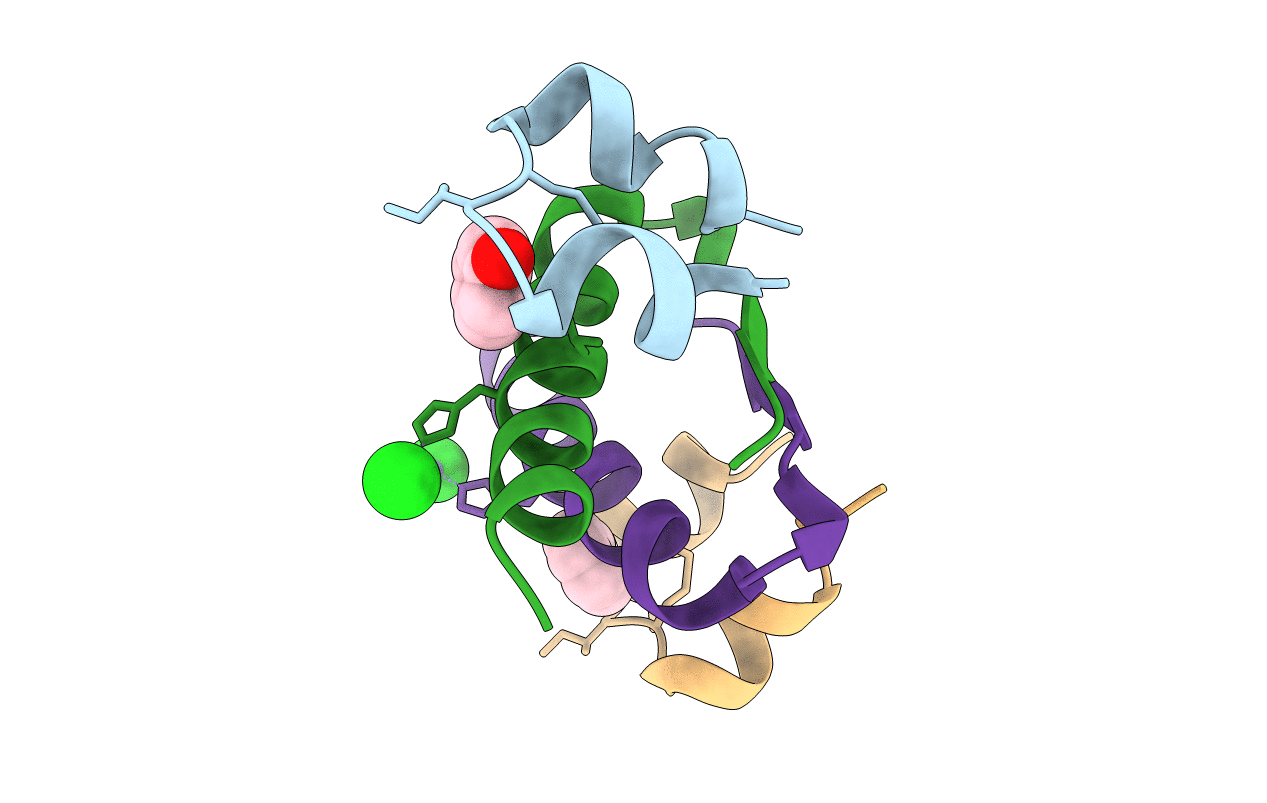
Deposition Date
2016-01-21
Release Date
2017-01-25
Last Version Date
2023-09-27
Entry Detail
PDB ID:
5HPU
Keywords:
Title:
Insulin with proline analog HyP at position B28 in the R6 state
Biological Source:
Source Organism:
Homo sapiens (Taxon ID: 9606)
Host Organism:
Method Details:
Experimental Method:
Resolution:
2.20 Å
R-Value Free:
0.21
R-Value Work:
0.15
R-Value Observed:
0.16
Space Group:
H 3


